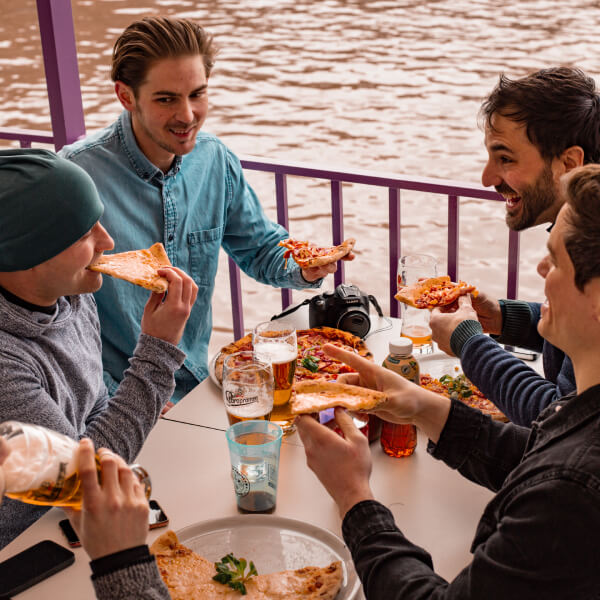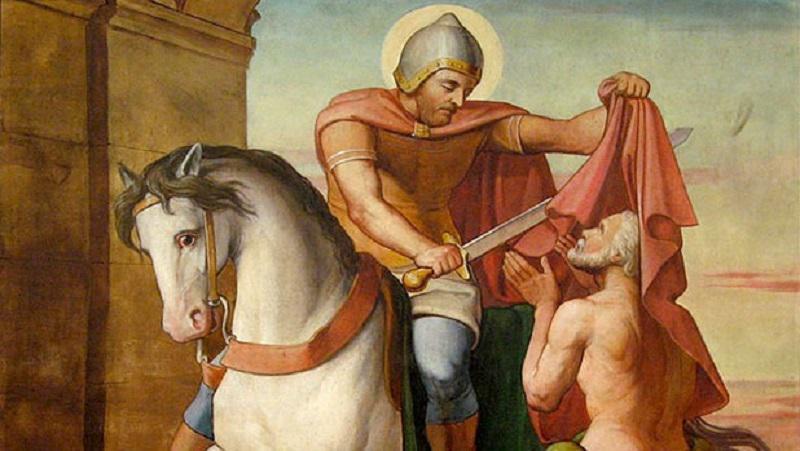
St. Martin’s Day, celebrated on November 11, is a beloved tradition across much of Europe, particularly in Hungary, where it marks the transition into winter with feasting, wine, and folklore. Named after Saint Martin of Tours, a 4th-century soldier turned monk, this holiday honors his legacy of humility, charity, and devotion. Known for his compassion, Martin famously cut his cloak in half to share it with a beggar, an act that later led to his sainthood and a long-lasting legacy of generosity.
In Hungary, St. Martin’s Day holds special cultural significance. The day marks the end of the agricultural year and the beginning of the new wine season, giving rise to the saying, “St. Martin’s Day is the last day to feast before the advent fast.” Traditional celebrations include feasts featuring roasted goose, symbolic of an old legend that geese revealed Martin’s hiding place when he tried to avoid being appointed bishop. Additionally, the tasting of the season’s new wine is central to the holiday, with wine cellars and restaurants hosting gatherings to sample and celebrate.
This article explores the customs, legends, and culinary traditions surrounding St. Martin’s Day, offering insight into why this centuries-old festival remains so cherished today.
Painting: Louis Anselme Longa – St. Martin sharing his cloak with a beggar
source: visitvenezia.eu
Martin’s Day
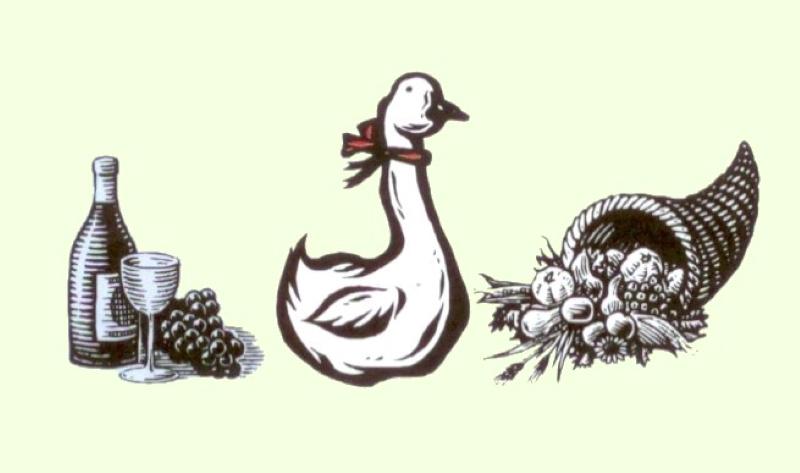
Picture: fenyoter.sopron.hu
Saint Martin was born in the city of Savaria, in the province of Pannonia (present days Hungary) in the Roman Empire, in 316 or 317.
Little is known about his life until he came back from self-exile from the island of Gallinara to aid the Archbishop of Poitiers. When messengers were sent to him because of his appointment as bishop, he took refuge in the goose pen, hoping to delay the promotion. However, the geese betrayed the holy man with their honking. Martin was consecrated as bishop in 371, and until his death in 398, he lived in Tours, serving in this form of clerical ministry.
The day marks memorial of Saint Martin’s burial, which the Jerome Martyrology places on November 11. In Rome, the bishop’s feast has been celebrated since the 6th century, and he is honored as the first saintly confessor. It almost goes without saying that, when creating this tradition, good Christians followed a tried-and-true method: Saint Martin’s burial just “happened” to fall on November 11, a date that, since ancient times, had been considered the start of the winter quarter of the year. According to Roman traditions, it was customary on this day to taste the new wine, around which a grand feast was held. Roast goose, in memory of the god of war Mars’ sacred bird, was also an indispensable part of the table, as legend has it that the birds once saved Rome from a nighttime Gallic raid with their honking.
The significance of St. Martin in Hungary
But how did the cult of St. Martin take root in Hungary? Besides his Pannonian origin, his veneration spread even before our first Christian king ascended the throne, and Stephen himself did much to strengthen religious traditions. The king had the saint, who had a military background, depicted on his battle flags because, according to legend, Saint Martin appeared in a dream to help defend the country. By King Stephen’s decrees, Saint Martin also gained a prominent role in the national religious traditions: after the Virgin Mary, he was honored as the second patron saint of the country.
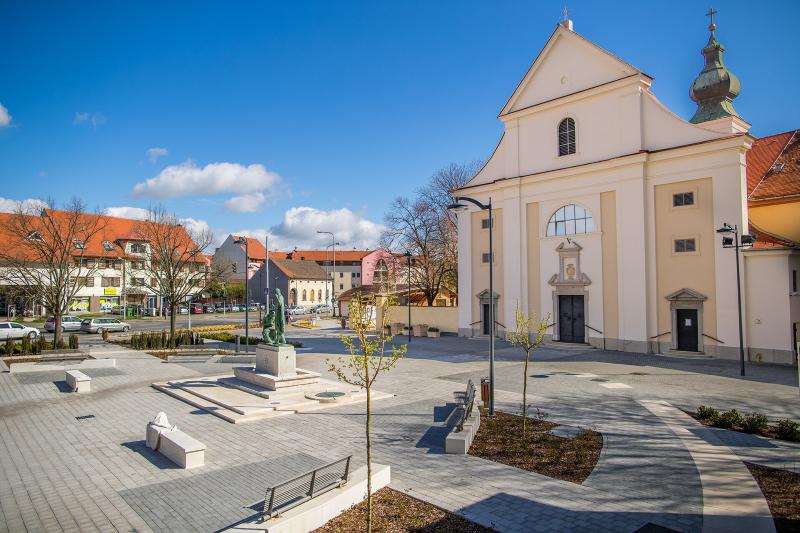
Photo: booking.com – St. Martins Church Szombathely, Hungary
The Saint Martin Church in Szombathely (or Savaria in Roman times) was once the church of the separate village of Saint Martin. Legend goes beyond scientific knowledge to pinpoint the saint’s birthplace even more precisely: according to rumours, the church was built on the foundations of his birth house. The well in front of the church has been referred to as “Saint Martin’s Well” since the Middle Ages, as it is believed that Martin used the water from this well to baptize his mother.
Custom- tradition- superstition regarding St. Martin’s Day
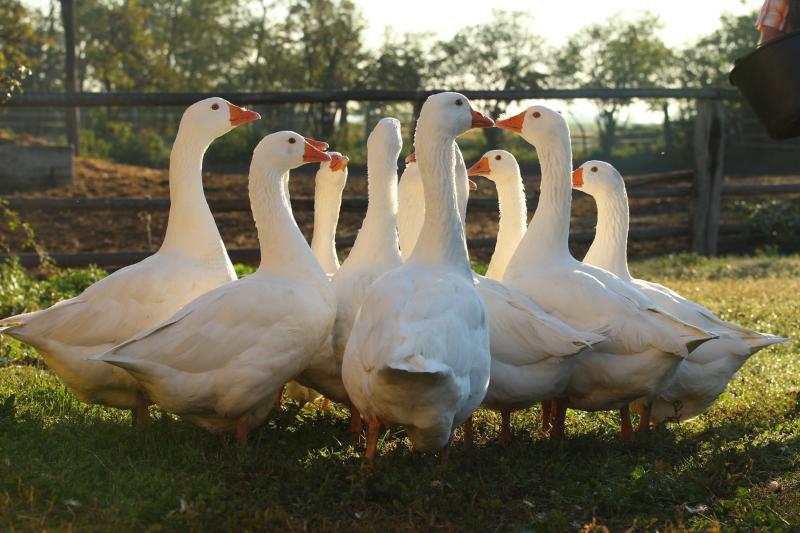
Photo: gdl.hu
St. Martins’s Feast
Now we are getting closer to the good stuff! The ancient roots of Martin’s Day are fundamentally gastronomic. The saying quoted here is related to the main attraction of the Martin’s Day menu: the Martin’s Day goose.
As the last major feast of the church year, Martin’s Day was associated with beliefs like those of the New Year’s Eve menu. It was said that anyone who skipped the Martin’s Day feast would deprive themselves of all feasts in the coming year and would have to go without. The feasting and drinking before the advent season were much like the carnival before Lent. If you remember Martin’s story, the geese betrayed Saint Martin by honking and revealing his hiding place, leading to his swift appointment as bishop. However, it cannot be denied that they also betrayed a saint. As a result of this betrayal, the freshly fattened geese are served on the festive table in crispy, delicious form.
Martin’s feast has been a significant marker day since the Middle Ages, meaning it was considered a notable closing day of the agricultural year. Traditionally, on this day, livestock began to be kept indoors in the stables, and at the same time, shepherds had to account for their service and received their payment.
St. Martin is the judge of wine’ – The Martin’s Day new wine
This saying is tied to the tradition of tasting the new wine on this day. By Martin’s Day, the wine must have matured, and the custom of tasting it serves as a test to draw conclusions about its quality. This folk custom is also linked to a medieval saying from the old guild world: ‘he deserves Martin’s glass.’ This expression is associated with the Eger region, where it was said of apprentices who worked well in the guild. The tradition was that those who were unanimously deemed worthy of praise would receive a toast from the town’s wine.
Sayings and proverbs

Photo: oszifesztival.hu
“St. Martin came on a white horse.”
This phrase was used when it snowed on Martin’s Day. It was believed that if the horse was white (meaning it snowed), the winter would be long. However, if there was no sign of snow, the old folks would say they were in for a short winter, and they surely wouldn’t see snow by Christmas. An alternative version of this saying is: “If Martin is cheerful, the winter will be harsh; if Martin is gloomy, the winter will be dreary.”
“If the goose’s breastbone is light, snow is coming; if it is dark, rain.”
This saying refers to the belief that by examining the breastbone of the goose slaughtered for the Martin’s Day feast, one could predict the weather for the year. Specifically, if the bone was brown, it was expected to be a rainy season, while a white bone signified a snowy winter. The saying does not address what happens if one villager has a bone of one colour and another villager has a different colour.
“On Martin’s Day, if the goose is standing on ice, then it will stumble in water at Christmas.”
Pettry much self-explanatory, if it freezes early, then by Christmas the weather will be mild.
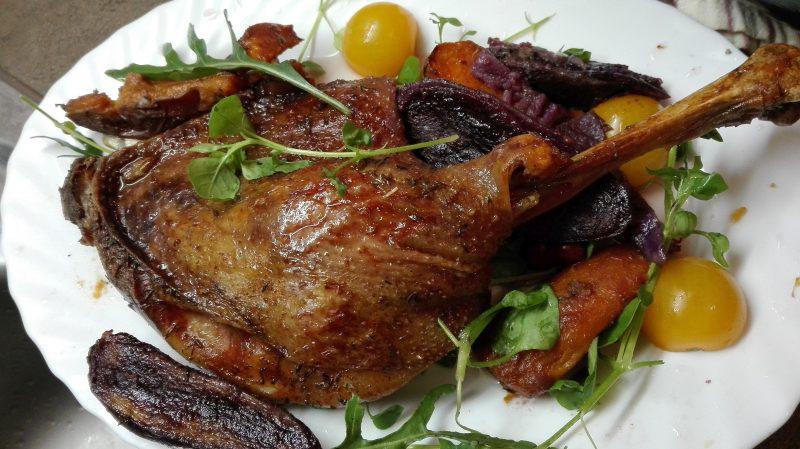
Photo: angyalkonyha.hu
All in all, St. Martin inspired a lot of folklore in the country so let’s celebrate him by raising a wine filled glass on this festive occasion! Join us in celebrating one of Hungary’s most beloved traditions: St. Martin’s Day! Come together for a cozy evening of delicious food, fine wine, and festive cheer as we honour the Hungarian holiday dedicated to the year’s new wine and the legendary St. Martin. Indulge in a bountiful feast featuring Hungary’s famed roasted goose, paired with seasonal sides and freshly made pastries. Toast with Hungary’s finest young wines and discover the warmth of local flavours in a festive, welcoming atmosphere. Be sure to sail with us, and perhaps celebrate St. Martin’s Day onboard our 4-course dinner cruise.
Featured Products
![]()
![]()
![]()

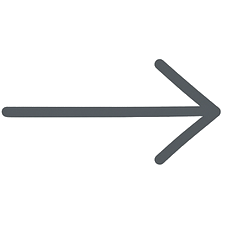 Skip the Line – Parliament Panorama Cruise
Skip the Line – Parliament Panorama Cruise Drink & Piano Show
Drink & Piano Show Halloween Cruise
Halloween Cruise Unlimited Booze Cruise Downtown Budapest
Unlimited Booze Cruise Downtown Budapest Budapest New Year’s Eve Midnight Booze Cruise
Budapest New Year’s Eve Midnight Booze Cruise







